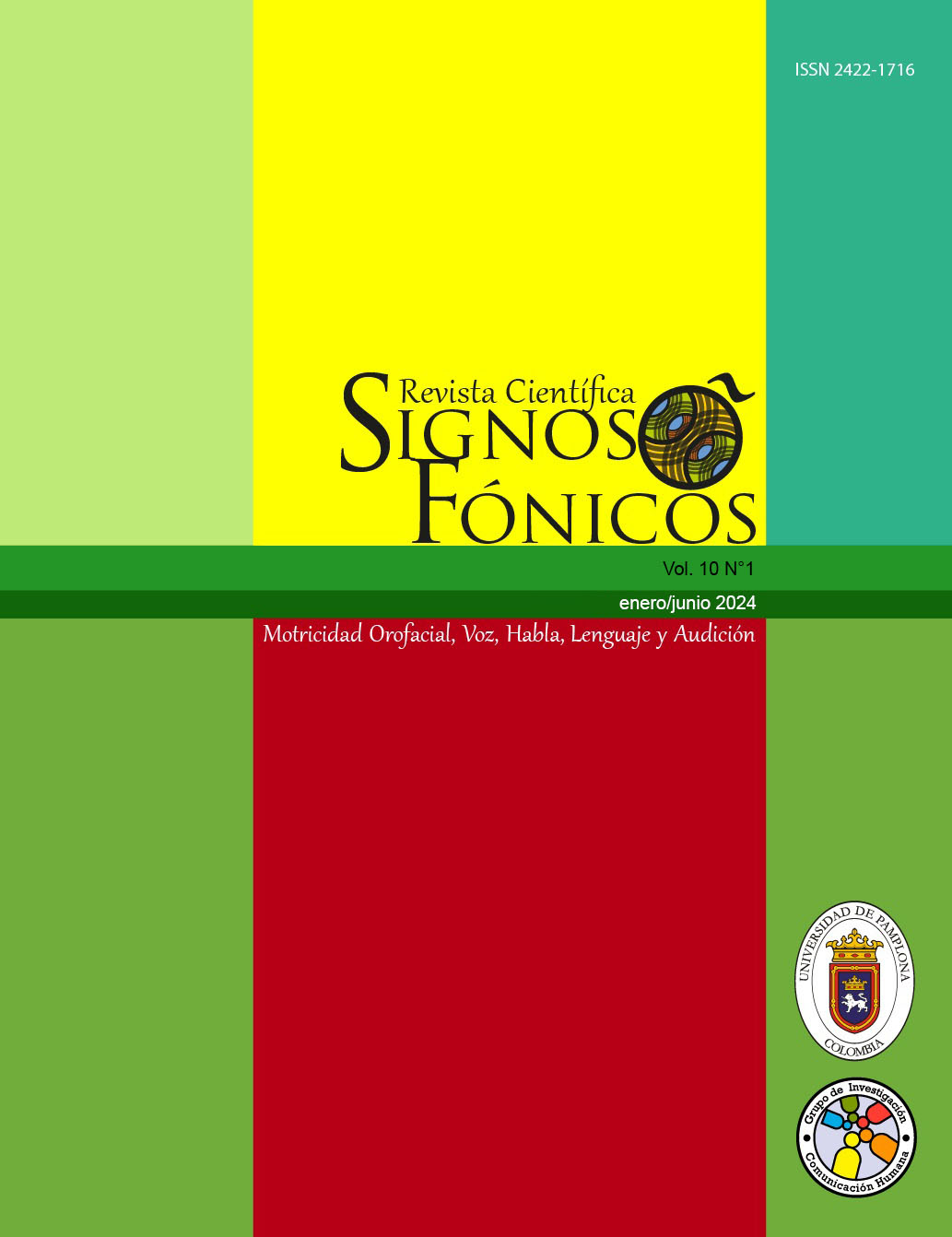Neuropsychology and Language. Case Study
DOI:
https://doi.org/10.24054/ntf7ta10Keywords:
language, neuropsychology, speech therapyAbstract
The language is fundamental for the development of human thought, acting as a means of expression and understanding of reality. This cognitive process requires the proper functioning of neuropsychological processes, such as attention, memory and intellectual abilities, as postulated by Alexander Luria. However, traumatic events, such as brain injuries, can compromise both language and other cognitive skills essential for daily life. This case study explores the neuropsychological processes in a 17-year-old patient with a history of traumatic brain injury, who presents with dysarthria and aphasia. Through clinical observation, it has been shown that language alterations are accompanied by deficits in various cognitive functions. This analysis is based on the theories of Luria and Alfredo Ardila, providing a guide to evaluate the interrelation between neuropsychological processes and language development from a speech therapy approach.
Downloads
References
Vygotsky LS. Thought and language. Cambridge: MIT Press; 1986.
Luria AR. Fundamentals of neuropsychology. New York: Plenum Press; 1973.
Ardila A. Historical development of human cognition: A cultural–historical neuropsychological perspective. Neuropsychol Rev. 2011;21(4):283-96.
Tomasello M. Origins of human communication. Cambridge: MIT Press; 2008.
Ellis AW, Young AW. Human cognitive neuropsychology. Hove: Psychology Press; 1996.
Chapey R. Language intervention strategies in aphasia and related neurogenic communication disorders. 6th ed. Philadelphia: Lippincott Williams & Wilkins; 2008.
Ardila A, Rosselli M. Neuropsychological characteristics of normal aging. Dev Neuropsychol. 1989;5(4):307-20.
Serrano T, Sánchez LER, Gutiérrez P. Sistematización de la práctica pedagógica enfocada en las estrategias utilizadas para el desarrollo del hábito lector: Caso Patricia Gutiérrez 2013-2016.
Quintero MD. El lenguaje oral en el desarrollo infantil. Rev Innov Exp Educ. 2009;6(45):11-15.
Darley FL, Aronson AE, Brown JR. Differential diagnostic patterns of dysarthria. J Speech Hear Res. 1969;12:246–69.
Kohs SC. Intelligence measurement: A psychological and statistical study based upon the block-design tests. New York: MacMillan Co.; 1923.
Goodglass H, Kaplan E, Barresi B. Boston Diagnostic Aphasia Examination (3rd ed.). Austin, TX: Pro-Ed Inc.; 2001.
Uribe, Martha Patricia Ontiveros. "Clasificación Internacional de Enfermedades, Organización Mundial de la Salud. Décima Versión CIE-10." Salud Mental 19.2 (1996): 11-18.
World Health Organization. International classification of diseases for mortality and morbidity statistics (11th Revision). Geneva: World Health Organization; 2019
Foucault M. The archaeology of knowledge. London: Routledge; 2002.
ASHA. The role of speech-language pathologists in the habilitation and rehabilitation of cognitively impaired individuals: a report of the Subcommittee on Language and Cognition. ASHA. 1987 Jun;29(6):53–5.
Stuss DT, Levine B. Adult clinical neuropsychology: lessons from studies of the frontal lobes. Annu Rev Psychol. 2002;53:401–33.
Martin I, McDonald S. An exploration of causes of non-literal language problems in individuals with TBI. Brain Lang. 2003;87(1):68–88.
Hillis AE. Aphasia: Progress in the last quarter of a century. Neurology. 2007;69(2):200–13.
Lezak MD, Howieson DB, Bigler ED, Tranel D. Neuropsychological Assessment. 5th ed. Oxford: Oxford University Press; 2012.
Gainotti G. Disorders of visual recognition in humans. Cortex. 2014;50:268–91.
Ardila A, Rosselli M. Apraxia: a neuropsychological perspective. Neuropsychol Rev. 1994;4(2):75–90.
Whyte J, Polansky M, Fleming M, Coslett HB, Cavallucci C. Sustained arousal and attention after traumatic brain injury. Neuropsychologia. 1995;33(7):797–813.
Luria AR. The Working Brain: An Introduction to Neuropsychology. New York: Basic Books; 1973.
Cicerone KD, Azulay J. Diagnostic utility of attention measures in postconcussion syndrome. Clin Neuropsychol. 2002;16(3):280–9.
Chan RC. Dysexecutive symptoms among a non-clinical sample: A study with the use of the Dysexecutive Questionnaire. Br J Psychol. 2001;92(3):551–65.
Jorge RE, Robinson RG, Arndt S, Starkstein S, Forrester AW, Geisler F. Depression following traumatic brain injury: a 1 year longitudinal study. J Affect Disord. 1993;27(4):233–43.
Downloads
Published
Issue
Section
License
Copyright (c) 2024 Silgado Garrido FT, Guerrero Mercado L. Neuropsicología y lenguaje. Revista Científica Signos Fónicos. 2024; 10 (1): 29-39

This work is licensed under a Creative Commons Attribution-NonCommercial-ShareAlike 4.0 International License.











